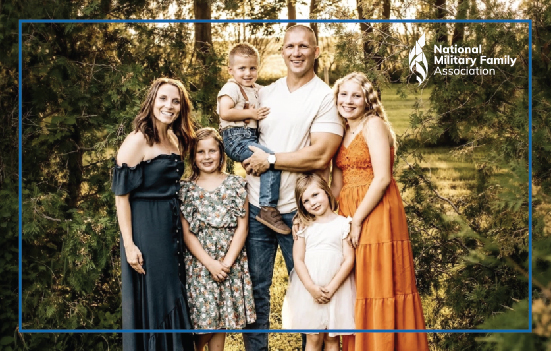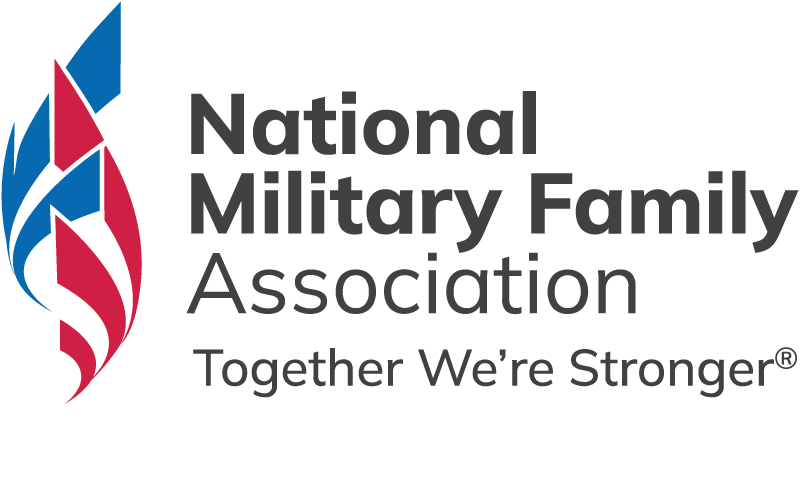From Service to Civilian: How Military Families Thrive in the Next Chapter

Every year, thousands of service members take off the uniform and begin a new chapter. Their families walk beside them through a transition that reaches far beyond career or geography. It touches identity, finances, relationships, and the everyday rhythm that defines what home means after service.
When one person leaves the military, the entire family transitions together. Spouses chart new career paths, children adjust to different schools, and daily routines shift as the familiar pace of military life fades. Civilian life does not ask one person to adapt; it invites the whole family to find new balance, purpose, and connection together.
Although this chapter presents opportunities, it can also feel uncertain. The structure that once guided each day fades, and families must build new routines together. With planning, communication, and access to trustworthy support, military families can transform this uncertainty into growth and renewal.
Rebuilding Structure and Identity
During military service, purpose and structure are woven into daily life. Families organize their routines around duty schedules, training, and deployments. Once that structure changes, many find themselves adjusting to an unfamiliar pace.
Loss of identity and routine are among the most common challenges during transition. Families who begin planning early often experience a smoother adjustment. Setting shared goals, discussing expectations, and establishing new daily rhythms help create stability as life shifts.
The Transition Assistance Program (TAP) provides tools to support this planning, including guidance on benefits, financial readiness, and employment opportunities. When families participate together, they enter civilian life with a clearer sense of direction. Collaboration strengthens confidence and ensures everyone has a voice in shaping what comes next.
Building Financial Readiness
Financial stability shapes how families experience life after service. The shift from military pay and benefits to civilian compensation can feel unfamiliar at first. Allowances, healthcare coverage, and commissary privileges that once anchored a household budget may no longer apply, creating a period of adjustment.
Preparation makes all the difference. Families who build a realistic budget, research healthcare options, and plan for possible income gaps are better equipped to navigate the first few months of change. Setting aside an emergency fund and identifying reliable resources early can ease the pressure of transition and create a stronger sense of control.
Spouse employment also plays a critical role in post-service stability. Frequent relocations or credentialing hurdles may have slowed career progress, but civilian life often brings new opportunities. Remote work, continuing education, and career programs designed for military spouses can help rebuild professional momentum. Exploring state and nonprofit resources or seeking career counseling can also provide valuable direction and confidence during this stage.
Financial readiness is more than tracking expenses. It is the groundwork for stability, giving families the confidence to move forward with clarity and purpose.
Restoring Connection and Community
Transition also reshapes a family’s sense of belonging. During service, community is built through shared experiences, whether on installations or through units and family networks. When that environment changes, the absence of that connection can feel profound.
Finding new ways to belong is essential. Families who stay engaged through local organizations, volunteer work, or faith and recreation groups tend to adjust more easily. These connections foster emotional health and help replace the support systems that once came naturally through military life.
Programs that bring families together for recreation, peer connection, or personal development can help restore the sense of community that many miss after separation. Belonging can take many forms such as a new neighborhood, a professional circle, or a group that values shared experiences. What matters most is staying engaged and connected to others who understand the process of rebuilding life after service.
Defining Success Beyond Service
Thriving in civilian life looks different for every family. For some, success means financial security and meaningful work. For others, it is flexibility, education, or simply having more time together.
The Department of Veterans Affairs identifies employment satisfaction, community engagement, and access to healthcare as core indicators of long-term well-being. These factors are interconnected, and improvement in one area often strengthens the others. Families who treat transition as a continuing journey rather than a single moment tend to adapt most effectively. By setting goals, revisiting them regularly, and remaining open to change, families can foster confidence and resilience together.
Moving Forward Together
The journey from service to civilian life reshapes every part of a family’s story. With planning, communication, and connection, it can become a season of renewal and possibility. The same qualities that define military families—adaptability, unity, and unwavering commitment—light the path as they build their next chapter.
Transition is not an ending. It is a continuation of service and a beginning filled with purpose. Together, families move forward with strength, courage, and the enduring spirit that has always defined them, both in and out of uniform.
By: Olivia Brinsfield, Content Manager





